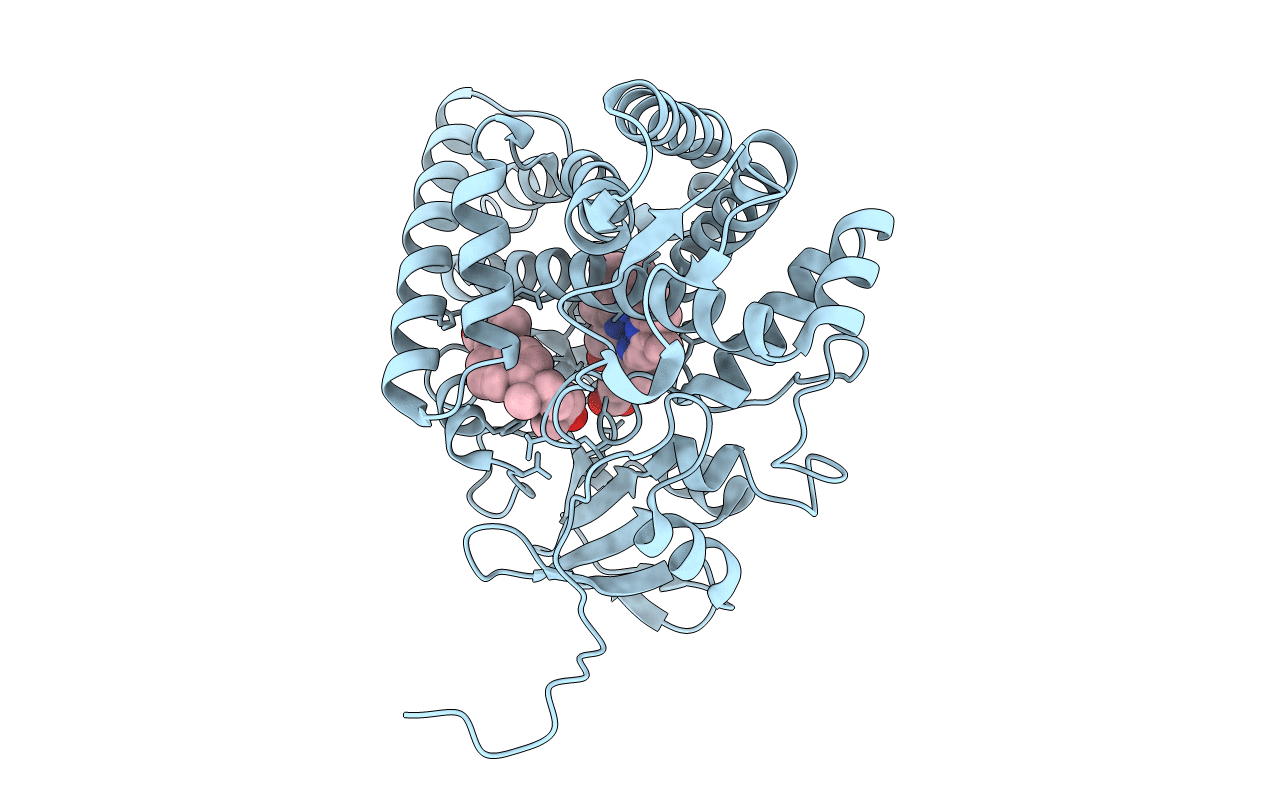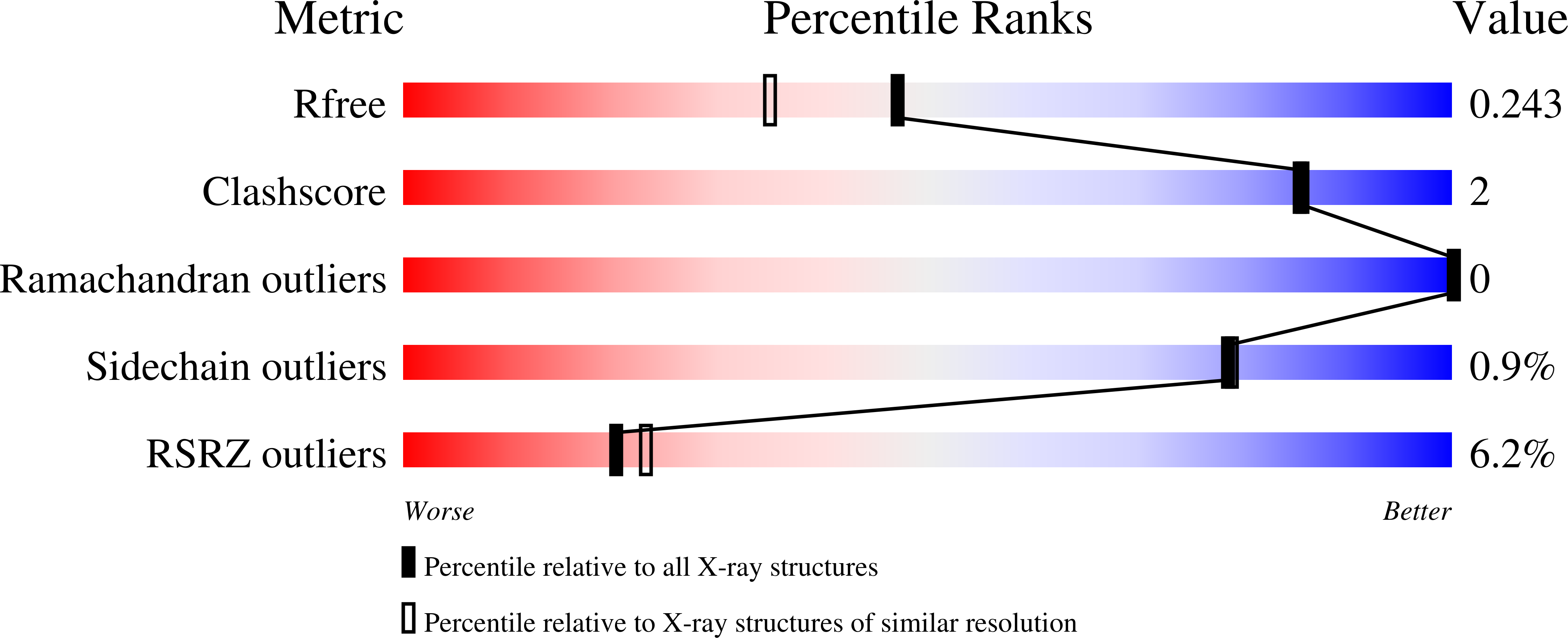
Deposition Date
2007-10-30
Release Date
2008-04-08
Last Version Date
2023-11-01
Entry Detail
PDB ID:
2ZBZ
Keywords:
Title:
Crystal structure of vitamin D hydroxylase cytochrome P450 105A1 (R84A mutant) in complex with 1,25-dihydroxyvitamin D3
Biological Source:
Source Organism:
Streptomyces griseolus (Taxon ID: 1909)
Host Organism:
Method Details:
Experimental Method:
Resolution:
1.90 Å
R-Value Free:
0.24
R-Value Work:
0.19
R-Value Observed:
0.20
Space Group:
P 21 21 21


